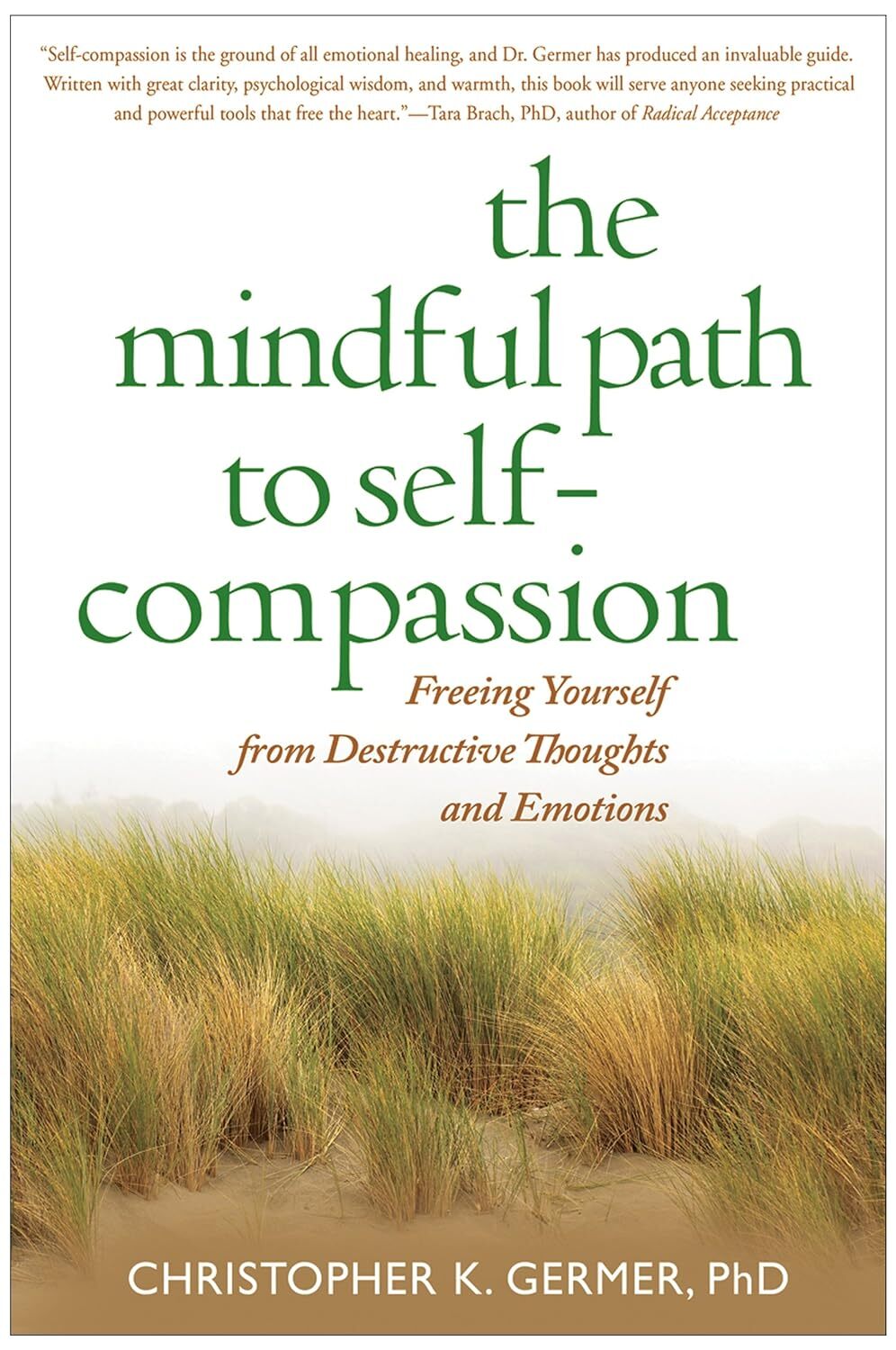Loving Kindness Meditation
Fostering Compassion and Connection with Phrases of Kindness

Introduction
Loving Kindness Meditation, also known as Metta meditation, is a mindfulness practice rooted in Buddhist traditions that fosters compassion, empathy, and goodwill toward oneself and others. By repeating phrases of kindness and visualizing positive intentions, loving kindness meditation helps reduce stress, anxiety, and negative emotions while promoting emotional resilience and connection.
What You Need To Know
How To Do It
Instructions:
1. Find a Quiet Space
- A loved one: Picture someone you care about and repeat the phrases (e.g., “May you be happy…”).
- A neutral person: Think of someone you don’t know well, like a neighbor, and offer them the same phrases.
- A difficult person: Visualize someone you find challenging and extend kindness to them.
- All beings: Imagine sending kindness to everyone, saying, “May all beings be happy…”
Helpful Tips:
- Start Simple: Begin with yourself and a loved one if extending to others feels overwhelming.
- Be Flexible: Adjust phrases to what feels authentic, like “May I feel peace” or “May you be free from suffering.”
- Use Guided Audio: Apps or recordings can help maintain focus and guide the process.
- Practice Regularly: Daily sessions enhance emotional benefits over time.
- Combine Techniques: Pair with deep breathing or body scan meditation for deeper relaxation.
- Stay Patient: Feelings of compassion may take time to develop, especially for difficult people.
- Personalize It: Use imagery or phrases that resonate with your values and emotions.
- Track Progress: Note changes in mood or relationships before and after sessions to see improvement.
Related Topics:
Strongly Related
Reduce Stress:
[Links to related web pages]
[Links to related web pages]
[Links to related web pages][Links to related web pages]
Moderately Related
Issue B:
[Links to related web pages]
[Links to related web pages]












